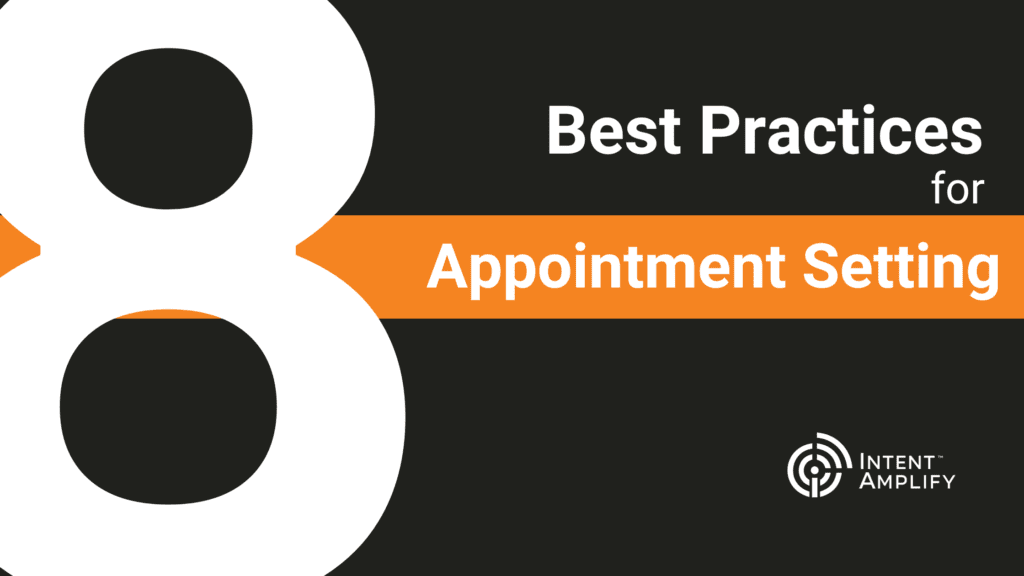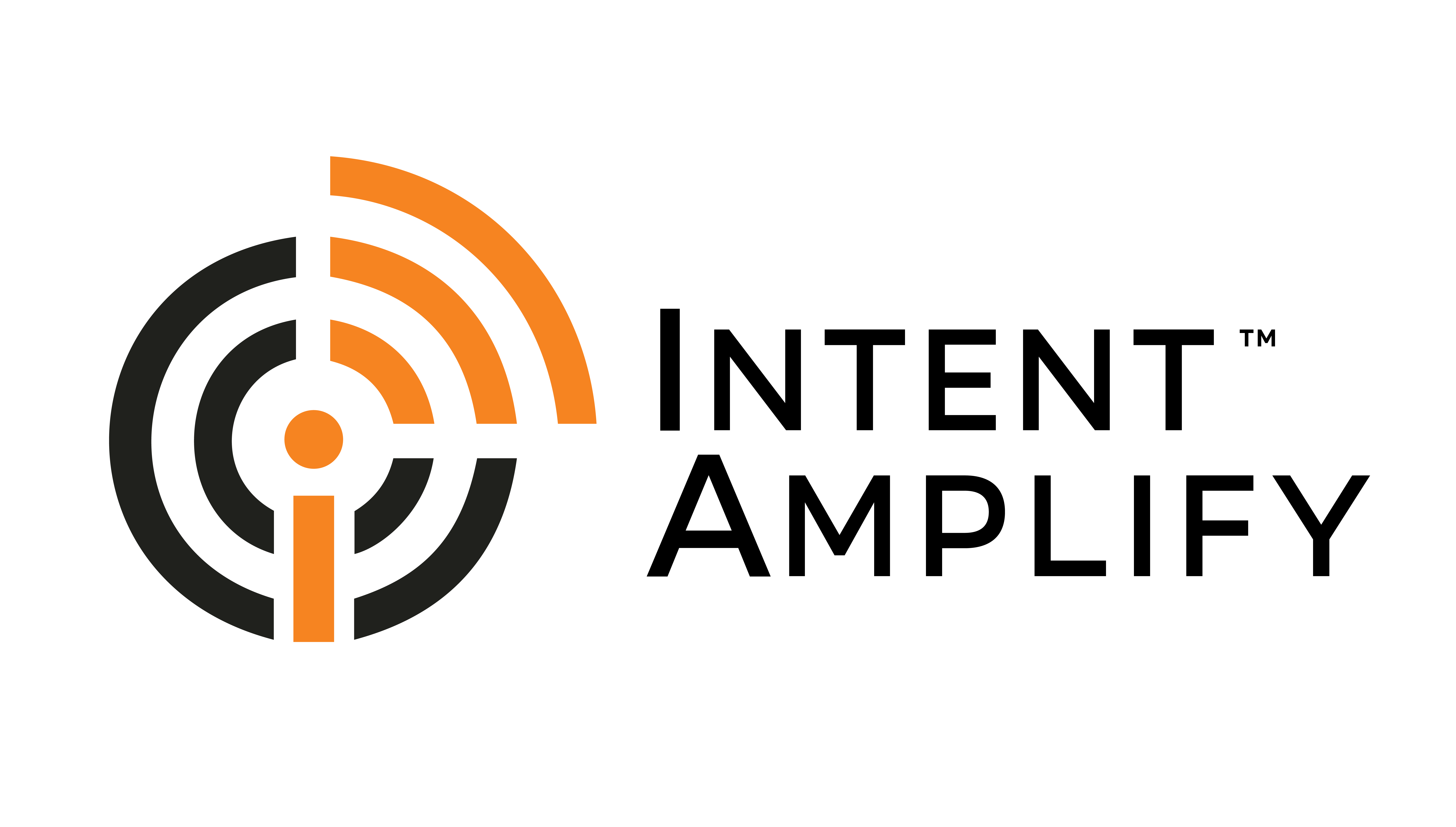
Appointments that Convert: 8 Best Practices for Effective Appointment Setting
In the world of sales, where connections and conversions converge, Appointment Setting emerges as a pivotal art.
Picture this: You’re at the forefront of your company’s outreach, seeking out potential customers and enticing them to engage in a conversation that could shape the course of your business. This dance of communication is Appointment Setting, a strategic move that goes beyond mere scheduling. It’s your chance to build rapport, present your product, and potentially pave the way for a successful sale.
In this article, we unravel the best practices in Appointment Setting, diving into the intricacies of each step to unveil a symphony of strategies that not only set the stage for appointments but orchestrate harmonious relationships with prospective clients. Here are 8 best practices you can employ in approaching appointments for your business.
1. Empathize with your prospect
When it comes to Appointment Setting, demonstrating genuine interest in your prospects is a cornerstone of success. Instead of using generic, one-size-fits-all outreach methods, take the time to understand each potential client’s specific needs and challenges. This personalized approach not only captures their attention but also conveys that their unique requirements matter to you.
Imagine you’re a sales representative reaching out to a potential client. Instead of launching into a standardized pitch, you start the conversation by referencing a recent article they shared on social media. This small but thoughtful gesture shows that you’ve done your homework and are genuinely interested in their interests and industry. By acknowledging their activities outside of the business context, you create an immediate connection that sets a positive tone for the conversation.
In B2B, personalization goes beyond just mentioning a social media post and involves understanding their pain points, goals, and preferences. If you’re offering a software solution that streamlines operations for small businesses, you might tailor your outreach to highlight how your product can specifically alleviate the challenges commonly faced by small business owners.
By showing authentic interest, you build rapport and trust from the very first interaction. Prospects are more likely to engage with someone who takes the time to understand their needs and offers solutions that align with their goals. Beyond the transactional nature of Appointment Setting, your goal is to lay the foundation for long-term partnerships.
2. Gain confidence through preparation
Imagine you’re a financial consultant reaching out to a prospect who has shown interest in retirement planning. Before making the call, you’ve thoroughly researched their financial history, retirement goals, and any relevant industry trends. As you speak with the prospect, you’re able to address their concerns with specific examples and offer tailored recommendations. Your preparedness not only impresses the prospect but also demonstrates that you’re genuinely invested in their financial well-being. So, what does being prepared for an Appointment Setting entail?
Firstly, you need to have a clear understanding of who you’re talking to – that includes having an idea of their pain points, needs, and aspirations. Secondly, anticipate questions and objections and have your answers ready. And lastly, plan out the structure of the conversation. You can start with a warm introduction, lead into your pitch, address their specific needs, and propose the next steps.
Additionally, being prepared allows you to guide the conversation smoothly. Instead of stumbling over your words, you can lead the discussion with clarity and purpose. This not only keeps the prospect engaged but also reinforces the impression that you are a credible and knowledgeable professional. When you’re well-prepared, you exude confidence, showcase your expertise, and instill trust in your prospects.
3. Call the prospects when they are least likely to be in DND mode
The window from 10 AM to 2 PM is generally considered a good time to reach out for an Appointment Setting. By this time, people have had a chance to settle into their work but haven’t hit the post-lunch slump. Additionally, calling during lunch hours, typically from 12 PM to 1 PM, might not yield the best results as people are often away from their desks. A point to note is that the time ranges may vary according to geography – so be mindful of this fact.
When calling the prospects, you need to be aware that you are probably interrupting them in their work. So, make sure to be polite while asking them if they can spare a few minutes of their time to talk to you. If they don’t agree, suggest the nearest possible future time without leaving the question open-ended. You can also propose a range of possible meeting slots, thereby allowing flexibility and empowering the prospect.
4. Send them a reminder to confirm their availability
Once the Appointment Setting is done, you may be required to call the prospect once to remind them of their appointment. This call may go a few days before the actual event. By confirming availability in a user-friendly way, you boost the odds of landing appointments and building good relationships.
As a bonus tip, you can leverage Appointment Setting and scheduling tools and platforms to simplify the booking process. Automation can help you send reminders, confirmations, and reschedule requests, making the experience smoother for both you and the prospect.
5. Strike the right balance between being pushy and persistent
Finding the delicate balance between being persistent and coming across as pushy is crucial for fostering positive relationships and achieving successful outcomes.
Imagine receiving a barrage of messages from someone trying to sell you something you’re not interested in. It’s annoying and can turn you off, right? This is the exact scenario you want to avoid when engaging in an Appointment Setting. To be persistent, you may need to take consistent follow-ups and send gentle reminders without overwhelming the prospect. It shows that you’re genuinely committed to helping them.
Pushing for a meeting when prospects are not ready can lead to resistance. Instead, gauge their interest levels and tailor your follow-ups accordingly. When you offer value through insights, industry trends, or educational content, instead of a product, you position yourself as a helpful sales individual. When you navigate this delicate balance successfully, you increase the likelihood of turning prospects into valued customers.
6. Harness social proof by sharing user reviews
In the digital age, where opinions spread like wildfire, leveraging the power of user reviews can significantly enhance your Appointment Setting strategy. By showcasing real experiences and positive outcomes, you’re not just telling prospects about your product or service – you’re showing them how it has positively impacted others.
Think about how you decide on a new restaurant to try. You’re likely to check out reviews from other diners, right? It’s the same with business appointments. Potential clients want to hear from those who’ve already experienced what you offer. Highlight user reviews that showcase impressive results or unique use cases. This demonstrates the versatility and effectiveness of your offerings. Remember, social proof is a powerful influencer. When prospects see that others have reaped the benefits of your product or service, it adds weight to your pitch and gives them confidence that they’re making the right choice.
7. Precision target your audience for a tailored approach
In the bustling landscape of Appointment Setting, the principle of “one size fits all” simply doesn’t apply. The secret sauce to successful appointments lies in understanding your target market and crafting a tailored approach that resonates with their specific needs, challenges, and aspirations.
To do so, you need to break down your audience into segments based on demographics, industry, pain points, and preferences with a unique approach to each segment. You need to speak the language and use the terminology that your users are familiar with. You need to tailor your pitch to address the specific pain points your target audience face and position your product or service as the solution to their challenges.
Remember, a successful Appointment Setting isn’t about casting a wide net and hoping for the best. It’s about crafting a targeted, personalized approach that resonates with your ideal audience.
8. Remember to follow-up
Follow-ups are your way of saying, “Hey, I’m still here and ready to help.” They show your dedication, persistence, and genuine interest in your prospect’s success. By mastering the art of thoughtful follow-ups, you can turn a simple appointment into a stepping stone toward a lasting business relationship.
Book a call with us to find out how you can increase your chances of conversions via Appointment Setting through our expert services!




